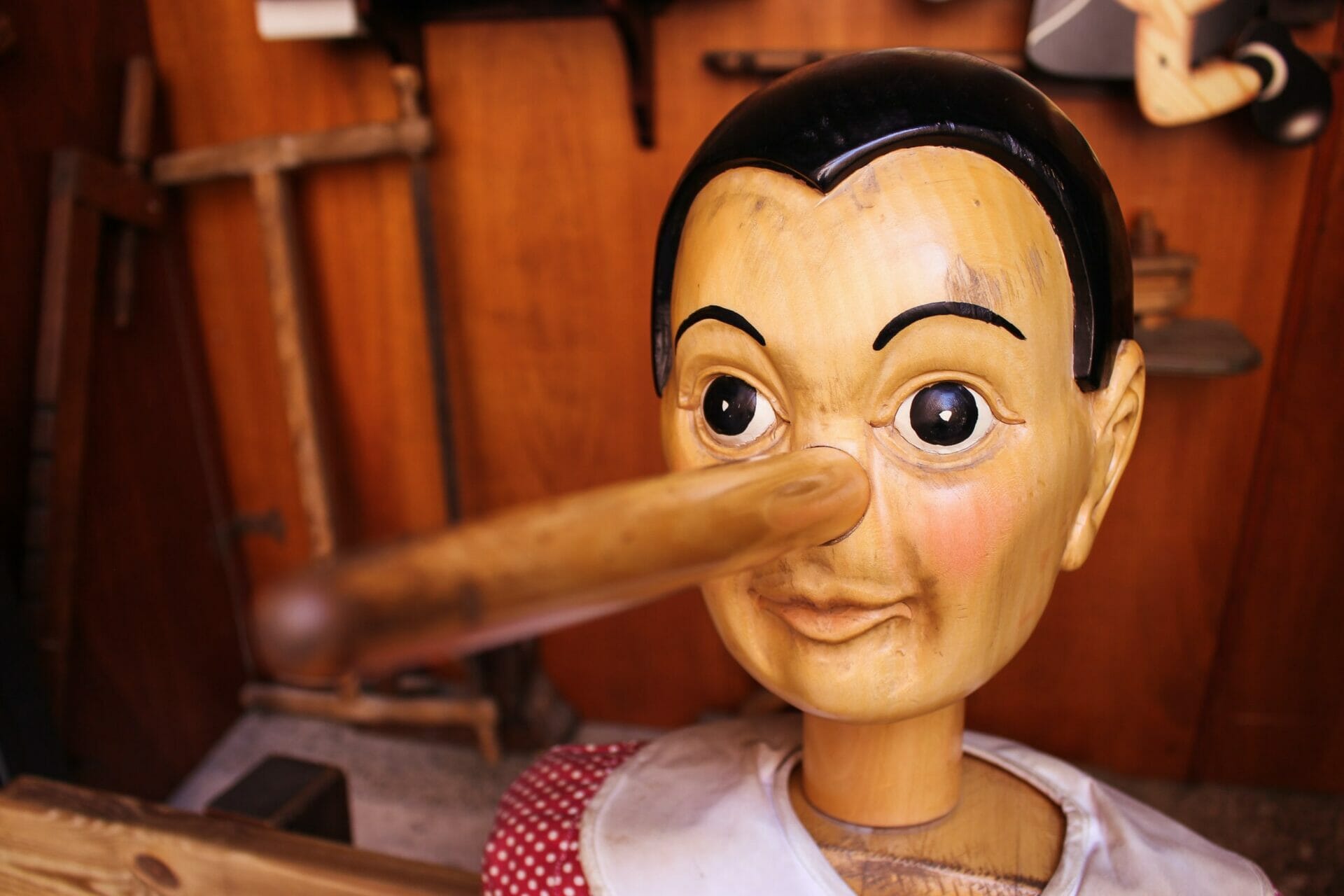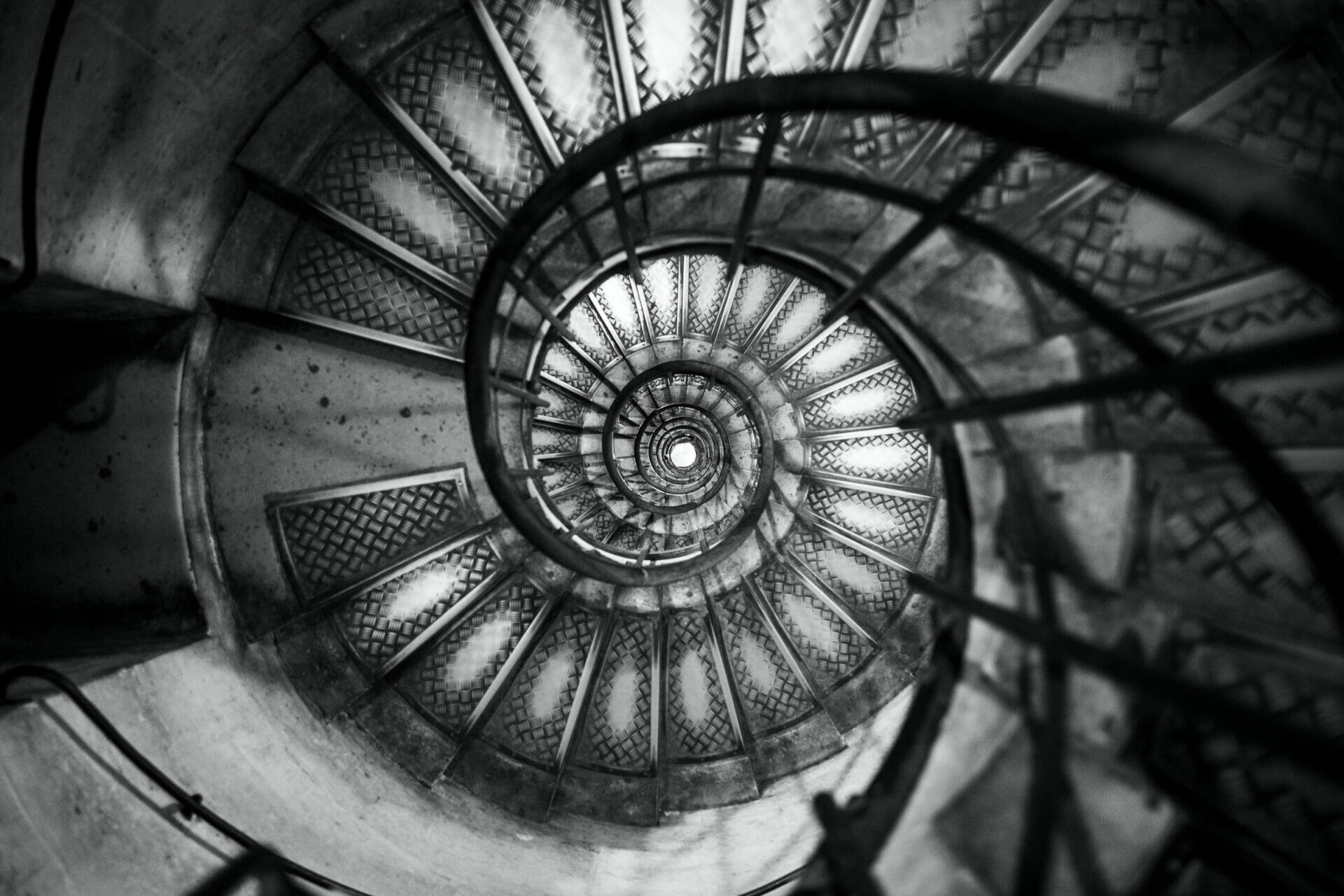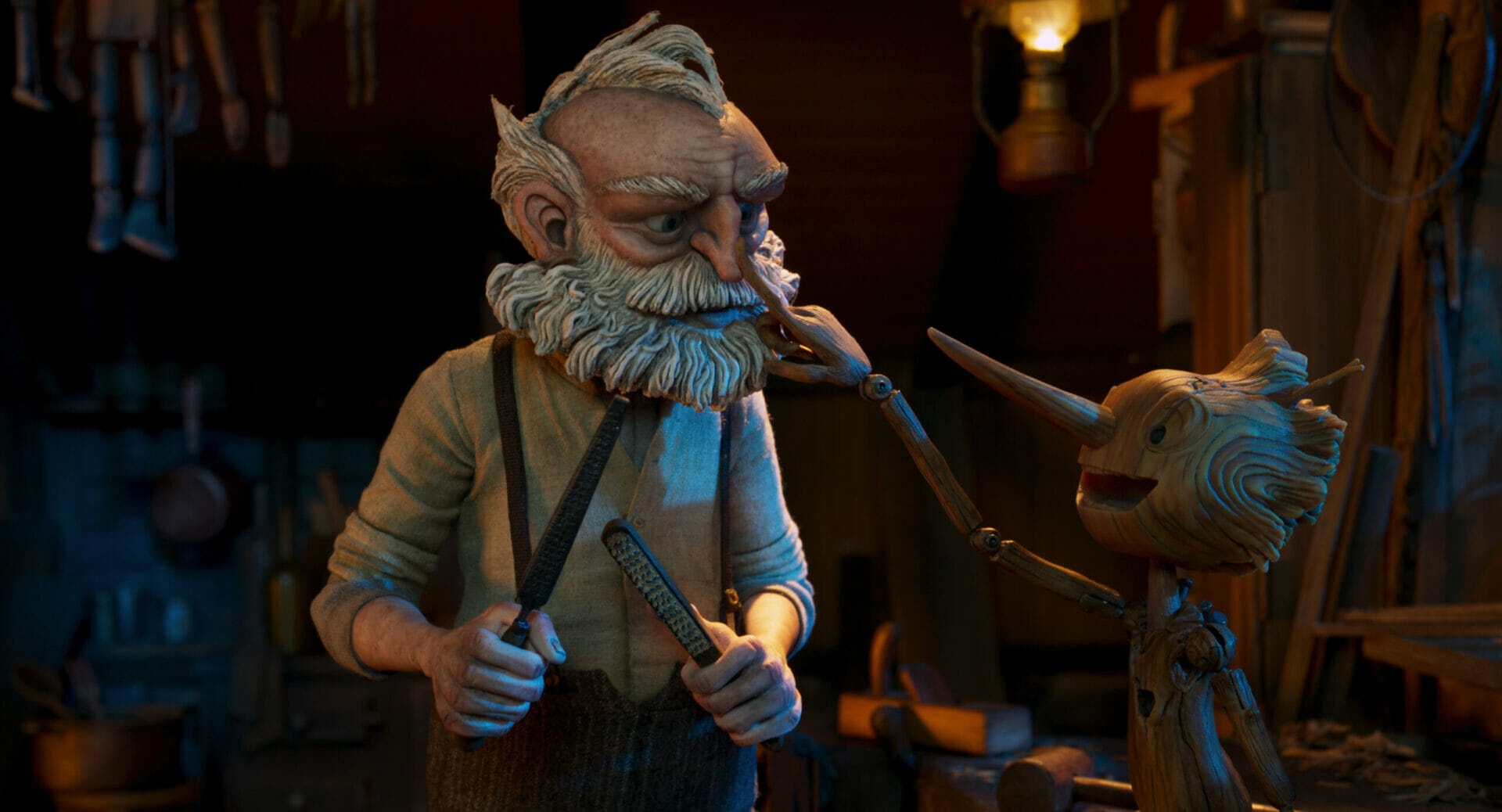
Guillermo del Toro's Pinocchio | A Stop-Motion Story Between Classic and Art Cinema
Year
Runtime
Cinematographer
Music by
Format
Subgenre
Once upon a time, there was an animated puppet made of wood who dreamed of becoming a real child. His creator was an old man named Geppetto. Over the years, people grew fascinated with the puppet’s story. Among them was a filmmaker named Guillermo del Toro. One day, with the invaluable help of animation visionary Mark Gustafson, the Mexican director decided to retell this magical story in his own unique way. The result is Guillermo del Toro’s Pinocchio: a stop-motion adventure that takes the timeless fairy tale and turns it into a dark fantasy set in Fascist Italy.
Produced by Netflix and released in 2022, the movie won multiple awards, including the Academy Award for Best Animated Feature at the 95th Academy Awards. It also earned the Golden Globe Award for Best Animated Feature Film, the BAFTA Award for Best Animated Film, and the Critics’ Choice Movie Award for Best Animated Feature.
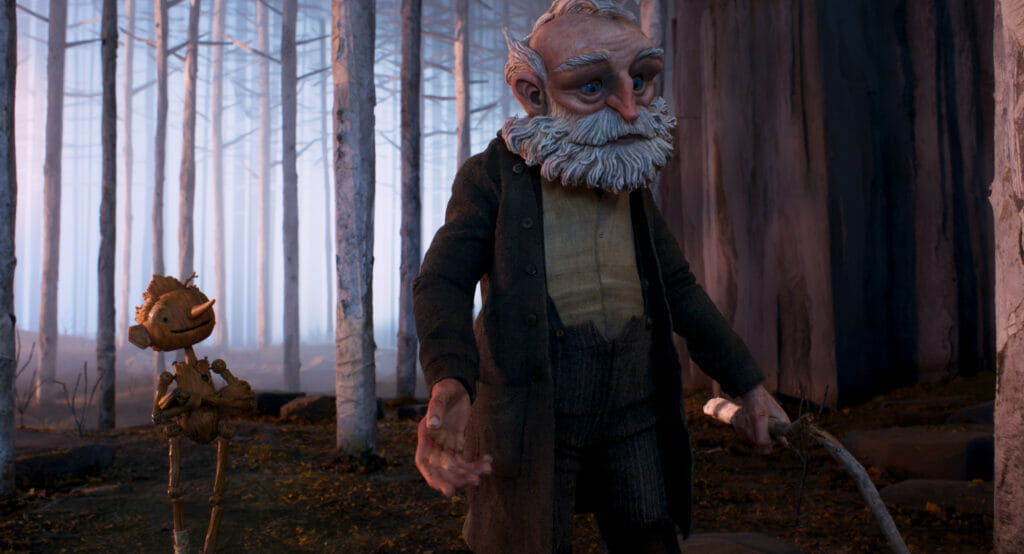
A wooden boy’s adventures
Sebastian J. Cricket (voiced by Ewan McGregor) narrates the exciting and moving story of Pinocchio (Gregory Mann) and his father, Master Geppetto (David Bradley). Before creating Pinocchio, Geppetto had a real-life son named Carlo (after Carlo Collodi, the author of the original 1883 novel The Adventures of Pinocchio). Sadly, Carlo was killed in an air raid during World War I. Geppetto buried him together with his pine cone, and twenty years later a large tree stands on Carlo’s grave. In a drunken rage, Geppetto tears it down to carve a boy out of wood that resembles his lost son. As he falls asleep, he doesn’t see that the Wood Sprite (Tilda Swinton) comes to visit during the night and she gives life to Pinocchio.
After some trouble, the local Podestà or head of the municipal administration, (Ron Perlman) orders Geppetto to send the wooden boy to school. But on the way, Pinocchio meets Count Volpe (Christoph Waltz), who convinces him to skip school and join his circus instead. When Geppetto fights Volpe to get his new son back, Pinocchio accidentally falls and dies. In the afterlife, however, he meets Death (Swinton), who informs him that he cannot die because he is not alive. Back in the living world, the boy is afraid of nothing, and poor, desperate Geppetto can’t keep him out of trouble.
To avoid enrolling in the Opera Nazionale Balilla, Pinocchio rejoins the circus and becomes a star. One night he has to perform in front of Benito Mussolini himself but ends up singing a song that ridicules him. Sent to a military camp, he meets Candlewick (Finn Wolfhard), the son of the Podestà and leader of the Balilla boys. The camp seems like the Land of Toys. But you know what they say: nothing is as it seems. Especially in fairy tales…
The many lives of an animated puppet
Collodi originally wrote the novel as a serialized story for a children’s magazine, and over the years it has been adapted for film and television. Among the most famous is Walt Disney‘s 1940 animated movie Pinocchio. Like most of Disney’s works, the movie softens the cruelest episodes of the original story: for example, Pinocchio never dies. However, the story also permeated live-action cinema. For example, with the Italian adaptations by Roberto Benigni in 2002 and Matteo Garrone in 2019. The story has had such a profound impact on pop culture that it has found a place in works where Pinocchio is not the protagonist. This is what happens in Andrew Adamson and Vicky Jenson‘s Shrek (2001). There, the wooden boy keeps his bad attitude, but he’s only a secondary character.
Each director adds a personal touch, choosing what to emphasize and what to soften, both from a narrative and visual point of view. Besides adding Geppetto’s backstory, one of the most original aspects of del Toro’s adaptation is the historical context. Indeed, the Mexican director sets the story between the two World Wars. This choice allows him to show the contrast between the Fascists, puppets in the hands of the regime, and Pinocchio: the only true puppet, a symbol of freedom. The boys grow up indoctrinated and see the war as a wonderful adventure. As in the original story, they end up as donkeys, and in del Toro’s version, they can’t wait to fight alongside Mussolini, the supreme master of puppets. But Candlewick offers a glimmer of hope: instead of turning into a donkey, he turns against his father.
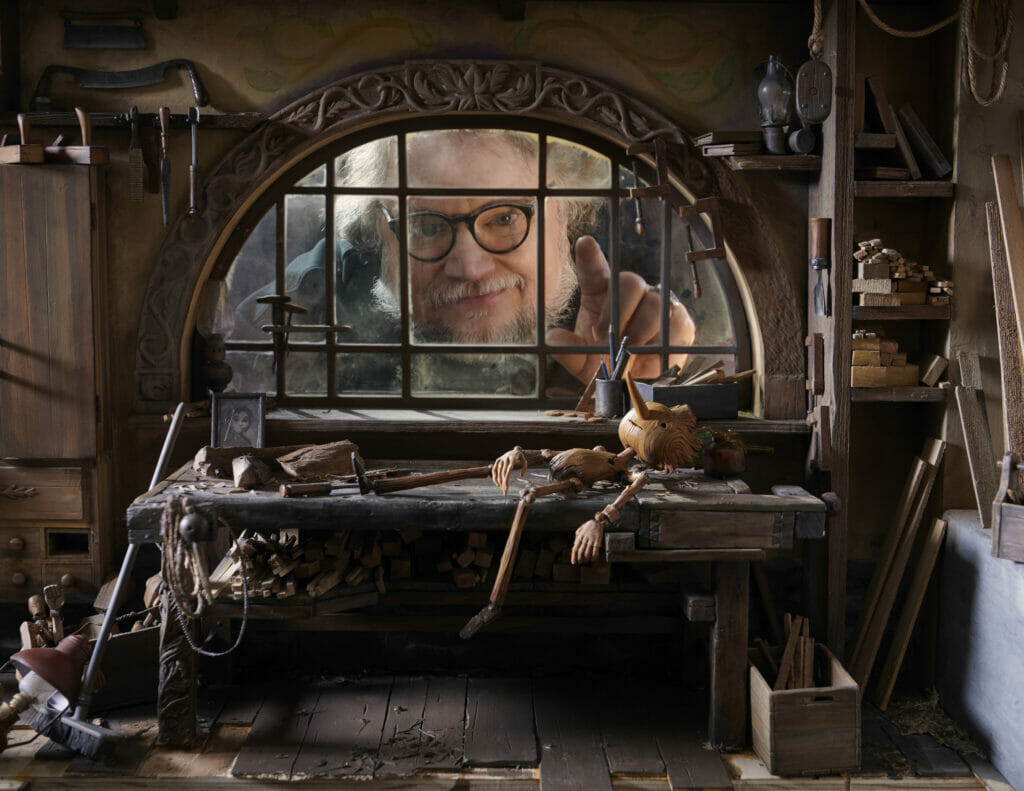
One style, more ways to read
“Of all the art forms of animation, to me the most sacred and magical is stop-motion. Because it is the bond between an animator and a puppet.”
Director Guillermo del Toro (from Guillermo del Toro’s Pinocchio | Step Inside the Magic of the Epic Filmmaking | Netflix)
Del Toro chooses the very specific technique of stop-motion for his Pinocchio, and in order to best realize his challenging vision, he recruited stop-motion animation veteran Mark Gustafson (Fantastic Mr. Fox). Stop-motion consists of taking countless shots of puppets in a set. Shot after shot, the puppets are moved slightly so that the entire sequence creates the illusion of moving images. Thus, in a kind of meta-narrative act, the director creates a puppet that “comes to life” in the hands of the puppeteer of his movie.
The stop-motion technique has also been chosen by many directors for art movies. From Czech Jan Švankmajer‘s disturbing Alice (1988) to Tim Burton‘s more pop-oriented Vincent and Corpse Bride (2005), also the aforementioned Wes Anderson‘s Fantastic Mr. Fox and Henry Selick‘s The Nightmare Before Christmas (1993). Recent years are rich with examples. As cinematic technology has evolved, stop-motion has been joined by many other animation techniques. Nevertheless, it confirms a place of honor for movies balanced between pop and arthouse.

Lyric technique
Del Toro surrounded himself with a troupe that had already proven their talents in animation. He worked with screenwriter and songwriter Patrick McHale on some of the song lyrics. French composer and conductor Alexandre Desplat is the author of the soundtrack. His tracks are instrumental in creating a fairy-tale atmosphere. They also fit perfectly with the vibrant colors of the dark fantasy story.
Desplat involved French-American lyricist Roeban Katz, and they dug into World War II military music to write some of the tracks. Since the story is set in Tuscany, they wanted the music to be lyrical and reflect an Italian atmosphere. Some of the songs have an operatic style, and among the instruments, they chose the accordion and violin. In addition, he wrote the music for a woodwind orchestra to reflect the main theme and soul of the movie. Each track fits a context, a character, or a feeling as if it were a story in itself.
Cinematographer Frank Passingham also has experience with stop-motion animated movies (Kubo and the Two Strings). In an interview with AwardsWatch, he explains how shades affect the emotional aspects of a movie. Del Toro soon involved him in the color script, as the director also gives them extreme importance. Even though it is a fantasy animated movie, Passingham desired natural lighting, because it was the real world.
The warmer light in Geppetto’s memories with Carlo becomes colder in the present with Pinocchio, creating a distance. While inventing the limbo, he worked on a fluid ambiance and light, revolving around waves of water and sand. Blue and magenta lights help to create a never-ending time, opposite to the human world. He enhances and reduces the light or keeps it silent in order to emphasize the right detail and emotional quality. So that even a single tear can be the protagonist of a scene.
More than just a classic
The movie echoes various themes and aspects already present in the Mexican filmmaker’s previous works. The Wood Sprite / Death seems more like a mystical, magnetic creature than the original Fairy with Turquoise Hair. Her aspect recalls a more tender version of the creature protagonist in The Shape of Water (2017). Likewise, the dark atmosphere of the military camp and the interior of the dogfish bear some resemblance to Cabinet of Curiosities (2022). Pinocchio himself is not fully human, showing more empathy than many humans. Like other monsters and half-human creatures in the director’s work, he proves to have real humanity under his wooden skin. Del Toro included several actual Easter eggs in the sets and props. The round windows are similar to the ones in Elisa’s apartment in The Shape of Water, while the glass walls in the church represent the Fawn from Pan’s Labyrinth.
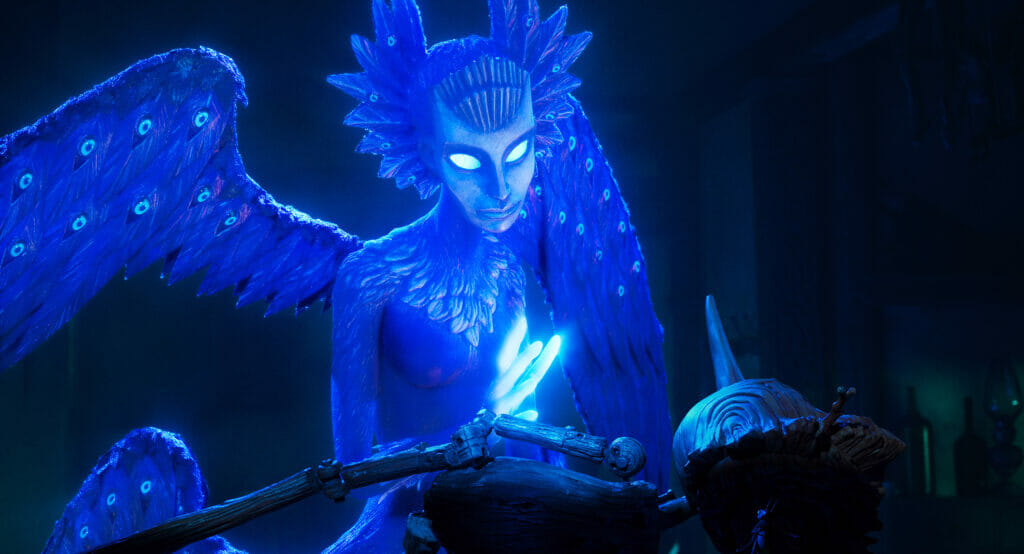
Behind the scenes, the director said he didn’t want to make a simple adaptation of Collodi’s novel. Rather, he wanted to create his own version of the story that would evoke a sense of familiarity. He couldn’t stand the final transformation of the puppet, seeing the ending as a metaphor for the need to change in order to like others. So one thing was clear to him from the beginning: his Pinocchio would not end up as a child, nor would he ever desire to become one. From this small but significant detail comes the meaning of the title: not just Pinocchio. But Guillermo del Toro’s Pinocchio. An immortal classic fairy tale that becomes a dark fantasy parable about regimes.
Tag
Buy a ☕ for Hypercritic







